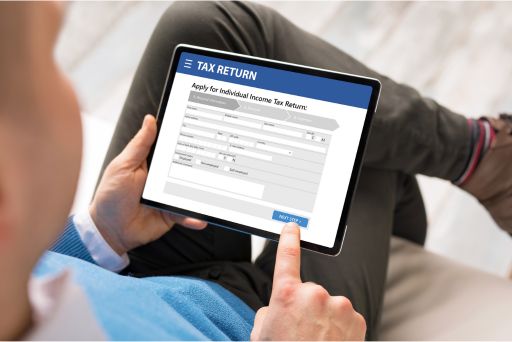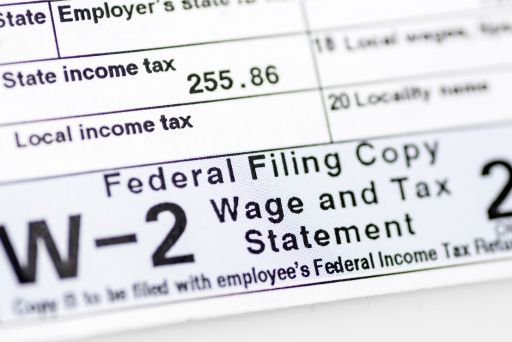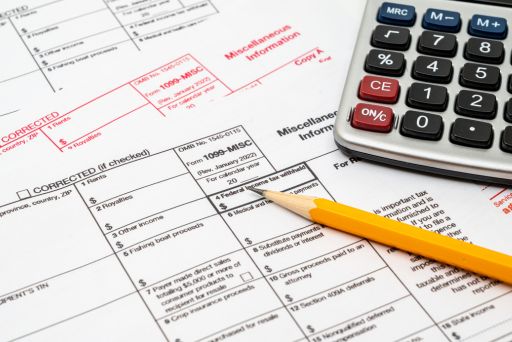It’s never too late to file overdue tax returns. Of course, filing all of your taxes by the April 15th (April 18 for 2016) deadline is always the best way to keep yourself out of hot water with the IRS. But, if you still haven’t filed a previous year’s tax returns, you still can and should to take care of it as soon as possible.
Here are a few quick steps to file last year’s taxes online:
- Gather your documents. Same process as any other year, you’ll need all of your documentation before you can file last year’s taxes online. Gather W-2s, 1099s, and any other tax paperwork you received for the year you missed. If you have deductions you plan to claim, you’ll also need your receipts and documentation of those items. If you’re missing any W-2s or 1099s, you can request them from the IRS by filling out a Form 4506-T. Keep in mind that it can take the IRS up to 45 days to process your request.
- Download previous year’s tax forms. In order to file last year’s taxes online, you must use the original tax forms from the year you missed. You can search for and download those from the IRS website.
- Prepare back tax returns. As you’re preparing last year’s taxes, you cannot use this year’s tax instructions. Because tax laws change every year, you’ll want to make sure you are following the correct year’s instructions as you’re inputting your data. Online accounting software like Turbotax can walk you through your taxes and help you file last year’s taxes online. Vyde also offers catch up tax preparation and virtual bookkeeping.
- Submit your tax forms. Send your forms to the address listed on the Form 1040 instructions. If you’re filing online, most tax softwares can submit your tax forms for you. If you owe taxes, try to send as large of payment as possible to avoid additional penalties and interest. After the IRS receives your taxes, they will notify you of the exact penalty you must pay for being late.
For more information on how to file last year’s taxes online, visit the IRS website.





 The deadline for mailing 1099s to contractors for your small business is February 2nd this year, a few days later than the usual January 31st deadline. Before you prepare all of those forms just yet, you’ll want to read up on the regulations concerning contractors paid by credit card or PayPal.
The deadline for mailing 1099s to contractors for your small business is February 2nd this year, a few days later than the usual January 31st deadline. Before you prepare all of those forms just yet, you’ll want to read up on the regulations concerning contractors paid by credit card or PayPal.















